Shaping Your Future programme evaluation
An independent social scientist was engaged to evaluate the Transition Year element of the 2019 Shaping Your Future programme, incorporating teacher, student and researcher feedback.
A mixed methods approach included qualitative teacher interviews (by phone) before and after the programme, a teacher focus group, student attitude surveys (before and after), and a researcher survey (before and after).
The target outcomes of the programme for students and teachers were:
- They will understand how 3D printing works, and how it is changing how things are made.
- They will understand how manufacturing is changing, and some of what the next industrial revolution entails (‘Industry 4.0’).
- They will relate to local engineers and researchers and understand what they do.
- They will learn that science and STEM subjects are the key to unlocking exciting jobs of the future.
- They will learn that engineering is an exciting, creative, innovative, high-skilled job, where people work in teams to solve problems together.
Main findings
The main findings are summarised here. Further detail is below.
- Students exhibited an increased understanding of engineering.
- More students were able to recognise and identify engineers after the programme.
- There was a significant increase in agreement with the statement: ‘Engineers are very important to society’.
- Students’ perception of manufacturing as an industry was positively changed.
- In terms of career interests, no major changes were recorded. However, when split by gender, some small changes were notable, with girls slightly more interested after the programme and connecting well to the societal impact messaging.
- Students enjoyed the hands-on aspects of the programme the most; and twice as many female students as male enjoyed this aspect. Twice as many girls enjoyed creating a 3D printed object, while three time as many girls enjoyed learning about careers.
- One motivating factor for the girls’ schools was the lack of technological subjects on offer in the school.
- Teachers said the hands-on, tangible nature of the programme was most valued.
- Teachers found that many students took the lead, even teaching other students how to use the design software.
- Teachers reported a ‘surprising’ level of interest from girls, but that some boys were less interested than expected.
Findings in detail
- Students exhibited an increased understanding of engineering. In response to the question, ‘What does an engineer do?’ there was a significant drop in the perception of engineering as involving engines and machines, with only 2 people giving this response after the programme, compared to 14 before the programme.
- More students were able to recognise and identify engineers after the programme, which shows that the programme had a clarifying effect for students.
- After the programme, there was a significant increase in the numbers of those who viewed engineering as solving problems / improving lives, with an increase from 17 to 27 people giving this response.
- There were also increases in the number who identified engineering as involving designing or making. This shows the programme has helped to reframe students’ views of engineering, from a narrow focus to a broader view, with strong elements of problem solving and helping people.
- Before the programme, 17 people said they ‘did not know’ whether they knew any engineers; after, this number dropped to 8 people. There was a slight increase in the number who said they did not know an engineer, indicating that students had a better understanding of what engineers do. More students now recognise relatives and teachers as engineers, with a decrease in the number of family friends identified.
- There was a significant increase in agreement with the following statement: ‘Engineers are very important to society’, with an increase by 24 percentage points in those ‘strongly agreeing’.
- In terms of manufacturing, the vast majority of students, pre- and post-programme, view manufacturing as involving 'making'. The pre- responses showed a slight diversity in concepts around manufacturing, including distribution, use of raw materials, industrial processes; however, post-programme, there is a much more focussed perception of manufacturing as simply involving 'making'. This takeaway can be used to inform future projects – a more rounded view of manufacturing can be built into the programme.
- Students’ perception of manufacturing as an industry was positively changed. Students displayed a better understanding of the manufacturing jobs landscape in Ireland at the end of Shaping Your Future, with 31 percent disagreeing or strongly disagreeing with the statement ‘There aren't many manufacturing jobs in Ireland right now’, compared with 22 percent before the programme, and a reduction in those saying ‘Don’t know’ from 47 percent to 36 percent.
- Similarly, the statement ‘Engineers will be less important in the future’ saw a significant growth in those disagreeing and strongly disagreeing, with a total of 78 percent in these two categories after the programme.
- Additionally, after the programme, far more people (10 percentage points change) disagreed strongly with the statement: ‘Manufacturing mainly makes things I don't really need’, and there was a marked increase in disagreement with the statement ‘We already know how to make most things we need in the world today’.
- There was an increase in students’ ability to correctly name manufacturing companies after the programme.
- Students enjoyed the hands-on aspects of the programme the most; and twice as many female students as male enjoyed this aspect. Twice as many girls enjoyed creating a 3D printed object, while three time as many girls enjoyed learning about careers.

